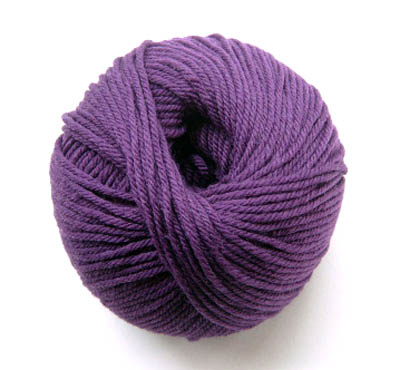Harmful or not: find out here…
Have you ever taken the time to read the list of ingredients in your average bottle of cosmetics? You’d be surprised by all the ingredients you DON’T recognize! You’ll find maybe one or two that are familiar, but for the most part, it’s a list of chemical-looking names that are complex and require a bit of research to understand.
If you look at your cosmetics, you may find an ingredient called stearic acid. This acid is actually surprisingly common, but the question here is: is it bad or not?
Well, the truth is that stearic acid in cosmetics is actually a fatty acid that is derived from animal and vegetable fats. You can find it in lard, animal fat, and vegetable oil, as well as in your cosmetics. It’s a fragrance ingredient, as the fat cells bind with the aroma and cling to your skin. This way, it helps the fragrance to hang around for longer.
But it does so much more than just that! It’s also an emulsifier, meaning it helps to thicken your cosmetics. It’s used in tandem with other fatty ingredients (such as coconut oil or olive oil), and it can work as an emollient (moisturizer) and lubricant to make your creams and lotions silky smooth. It’s often used in vegetable oil-based soaps as well.
The bad news is that the Cosmetics Database classifies stearic acid as a “low to moderate hazard ingredient”. There are a few noted concerns, including:
- A higher risk of cancer
- A build-up of toxins in the brain (very minor risk)
- A build-up of toxins in the organs (also a minor risk)
- Irritation of the skin (mostly for those with very sensitive skin, or those who are allergic)
A few animal studies have been done on the ingredient, and the research discovered a few potential side effects. Stearic acid proved that it could potentially negatively affect the nervous system, brain, respiratory system, and skin. Worse still, the effects were seen even at fairly small doses of the stearic acid.
![]()
READ MORE: Chlorphenesin in Skincare
Some in vitro tests were conducted on mammals, and it was discovered that the stearic acid had the potential to mutate genes. This means that it could be a potential carcinogen, increasing your risk of cancer.
This is the bad news, but there HAS to be good news, right?
You’ll be thrilled to know that the answer is yes. While these side effects MUST be mentioned by the Cosmetics Database, the risk is really very small. The studies into stearic acid did indicate some side effects, but they were so uncommon that they are not a real cause for concern. A tiny fraction of people exposed to stearic acid had any negative reaction at all.
The Cosmetics Database states: “Stearic Acid is generally considered a safe and mild ingredient”. This is especially true if it is used in concentrations below “safe” limits. These limits have been established as a result of stearic acid’s tendency to cause irritation, so using it in small quantities should not cause any negative side effects.
But, if you’re worried about your health, it’s vital that you understand there are a few potential side effects of this ingredient. You might want to read over the list of ingredients for all your skin products carefully, and examine them to ensure there are no ingredients (like stearic acid) that could cause irritation or side effects. This is especially true for people with very sensitive or delicate skin, or who are prone to rashes and other types of irritation.








